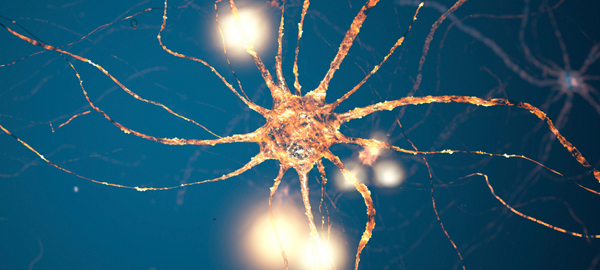19/06/2019
Workpackage 4: Translating the knowledge obtained in animal models to patient material
Objectives of the Workpackage
Assessment and validation of animal model-derived biomarkers and molecular targets for antiepileptogenesis therapy in human specimens represent an issue of particular importance and difficulty. This workpackage serves the following objectives:
- Identification and validation of biomarkers and their combinations selected in SE and TBI models for early epileptogenesis in post-mortem human brain tissue: This objective will examine rare human brain samples that died shortly after SE or TBI. This brain tissue is the best available correlate to animal models of early-stage epileptogenesis after experimental injury. An integrated analysis of combinatorial biomarkers will provide novel insights into early epileptogenesis in humans.
- Evaluation of 'early epileptogenesis' biomarkers identified in animal models in blood samples, CSF and surgical brain tissue from patients with TBI: EPITARGET will systematically follow patients after TBI for epilepsy and epileptogenesis marker development at least for the duration of the project. By comparing animal model derived biomarkers from
 WP1 in patients with largely identical insults that develop epilepsy versus those that do not, we expect to obtain epileptogenesis biomarkers that are verified in human samples.
WP1 in patients with largely identical insults that develop epilepsy versus those that do not, we expect to obtain epileptogenesis biomarkers that are verified in human samples. - Identification and validation of biomarkers and analysis of their relevance for clinicopathological characteristics in blood samples, CSF and brain tissue in patients with chronic progressive epilepsy: Large fresh-frozen tissue banks of hippocampi and corresponding blood and CSF samples from TLE patients that underwent epilepsy surgery for seizure control are available in the consortium (n≥700 hippocampi at
 UBMC, n≥50 hippocampi at
UBMC, n≥50 hippocampi at  AMC). These will be analysed with respect to individual or combinatorial biomarkers. The results will highlight whether early and late epileptogenesis markers discovered in animal models are persistent in chronic epilepsy tissue in animals and humans. Emphasis will be given on system biology approaches (
AMC). These will be analysed with respect to individual or combinatorial biomarkers. The results will highlight whether early and late epileptogenesis markers discovered in animal models are persistent in chronic epilepsy tissue in animals and humans. Emphasis will be given on system biology approaches ( WP1) to discover genetic networks correlated with chronic epilepsy outcomes.
WP1) to discover genetic networks correlated with chronic epilepsy outcomes.








